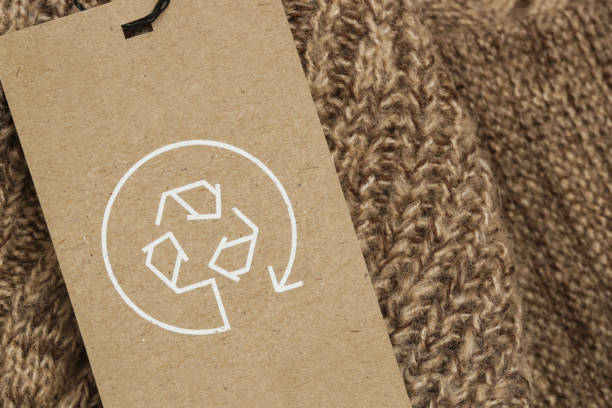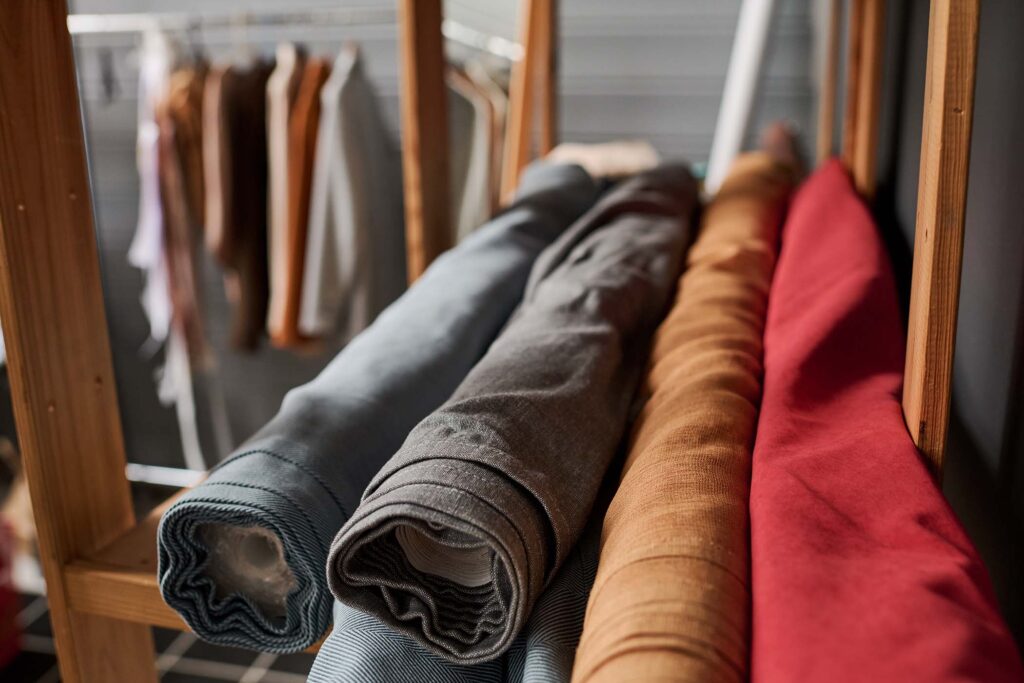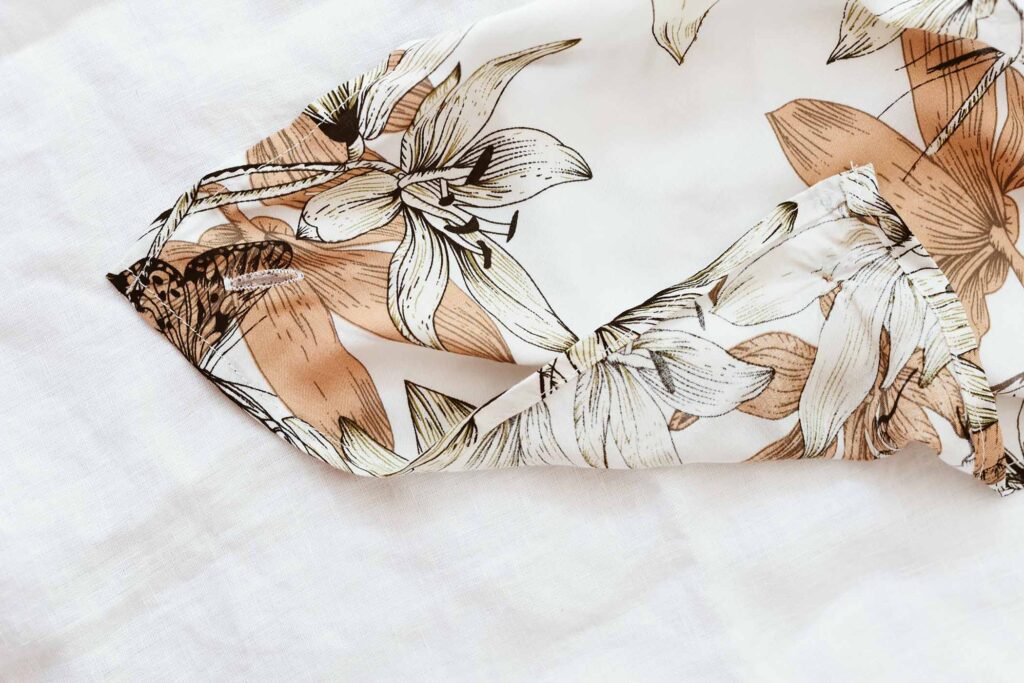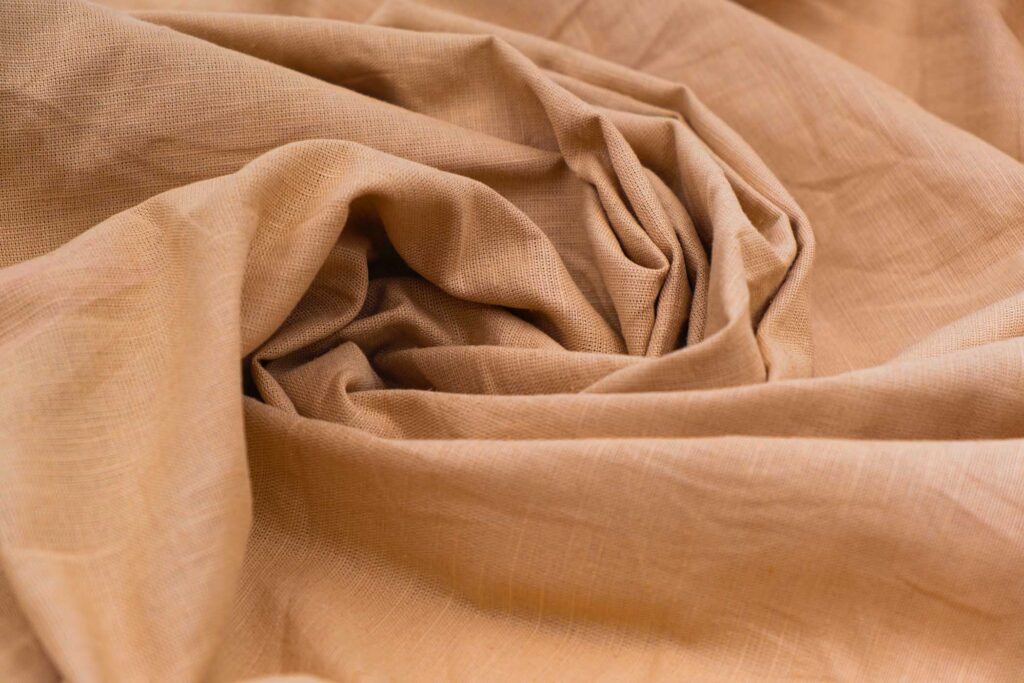Recycling and Circularity
- Home
- Blog
This blog post explores the journey of sustainable clothing, from the ethical and environmentally conscious production processes to the crucial role of recycling in minimizing waste and promoting a circular economy. We’ll delve into the materials, manufacturing, usage, and end-of-life stages, highlighting key considerations for consumers and the fashion industry alike.

Laying the Foundation
The lifecycle of sustainable clothing begins with responsible sourcing and production. This phase focuses on minimizing environmental impact and ensuring fair labor practices. Key aspects include:
- Sustainable Materials: Choosing eco-friendly materials is paramount. Options include:
- Organic Cotton: Grown without synthetic pesticides and fertilizers, reducing water pollution and promoting soil health.
- Recycled Materials: Utilizing recycled polyester (rPET) from plastic bottles or recycled cotton reduces reliance on virgin resources.
- Hemp: A fast-growing, low-impact crop that requires minimal water and pesticides.
- Tencel/Lyocell: Made from sustainably sourced wood pulp using a closed-loop process that minimizes waste and water usage.
- Innovative Materials: Exploring materials like Piñatex (pineapple leaf fiber) and mushroom leather offers exciting alternatives.
- Ethical Manufacturing: Ensuring fair wages, safe working conditions, and respect for workers’ rights throughout the supply chain. Transparency and certifications like Fair Trade are crucial.
- Water Conservation: Implementing water-saving technologies and dyeing processes to reduce water consumption and pollution.
- Reduced Chemical Use: Avoiding harmful chemicals in dyeing, printing, and finishing processes to protect both the environment and human health.
- Energy Efficiency: Utilizing renewable energy sources and energy-efficient equipment in manufacturing facilities.

Ensuring fair wages, safe working conditions, and respect for workers' rights throughout the supply chain. Transparency and certifications like Fair Trade are crucial.
Extending the Garment’s Life
Once a garment is produced, its environmental impact is significantly influenced by how it’s used and cared for. Consumers play a vital role in extending the lifespan of their clothing:
- Washing Less Frequently: Over-washing can damage fabrics, fade colors, and consume significant amounts of water and energy. Washing only when necessary is key.
- Washing in Cold Water: Cold water washing saves energy and is often just as effective as hot water washing.
- Line Drying: Air drying clothes instead of using a dryer reduces energy consumption and prolongs the life of the garment.
- Proper Storage: Storing clothes properly can prevent damage from moths, sunlight, and moisture.
- Repairing and Altering: Mending tears, replacing buttons, and altering clothes to fit better can significantly extend their lifespan.
Recycling and Circularity
The final stage of the clothing lifecycle focuses on minimizing waste and promoting a circular economy. Instead of ending up in landfills, clothes can be recycled or repurposed:
- Textile Recycling: Recycling textiles into new fabrics or other products reduces the need for virgin materials and diverts waste from landfills.
- Donating or Selling: Donating unwanted clothes to charities or selling them through consignment shops or online platforms gives them a second life.
- Upcycling: Transforming old clothes into new and unique items through creative alterations and embellishments.
- Composting (for natural fibers): Natural fibers like cotton, linen, and hemp can be composted under the right conditions, returning nutrients to the soil.
- Innovative Recycling Technologies: Emerging technologies are exploring chemical recycling methods to break down textiles into their raw materials, allowing for the creation of new, high-quality fibbers.



Embracing a Sustainable Fashion Future
The lifecycle of sustainable clothing is a complex but crucial journey. By focusing on responsible production, mindful consumption, and effective recycling, we can minimize the environmental impact of the fashion industry and create a more sustainable future for clothing. Consumers, designers, manufacturers, and policymakers all have a role to play in embracing circularity and promoting a more ethical and environmentally conscious approach to fashion. Choosing sustainable clothing is not just a trend; it’s a commitment to a better future.
Post Tags :
Share :
About Us
Every product we create begins with a firm commitment to ethical sourcing and culminates in exceptional craftsmanship.
